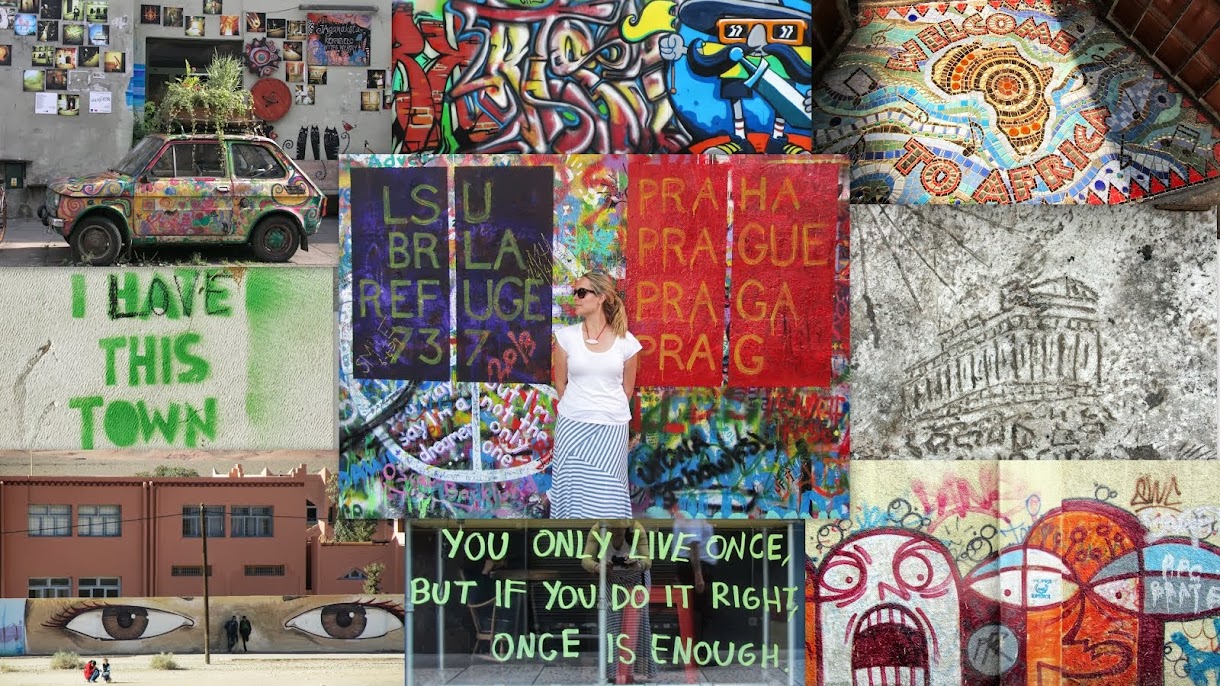Stepping into Auschwitz I was a humbling experience and the gloomy weather only accentuated the feel. It was the first of three large concentration camps within a short distance of one another. Today, with the large number of bunkers intact, it has become a large museum. Inside varying blocks are artifacts and information panels. With the masses of tourists and our guide providing facts, numbers and general information of what occurred in the area, it was easy to remain disengaged. The emotion wasn't as strong as I had been expecting. Individual stories were never told. There were only brief moments of reality, with a photo of a prisoner, a child's shoe, and a few rare stories, such as standing on the location of a 19 hour outdoor winter roll call.
 |
| Execution wall. Windows in bunkers on either side were blacked out. That still didn't stop the prisoners from knowing what was occurring, especially since the blackened windows were not soundproof. |
 |
| Instead of flowers, Jewish tradition places rocks on graves or memorials, which is how the execution wall now stands. |
 |
| The mound of shoes spanned both sides of a large corredor |
 |
| Children's shoes. Those who didn't meet initial execution were mandated the same workload and hours as an adult. |
 |
| "You are in a building where the SS murdered thousands of people. Please maintain silence here; remember their suffering and show respect for their memory." |
It was the non-museumesq Auschwitz II - Birkenau that tugged more at my heartstrings.















No comments:
Post a Comment